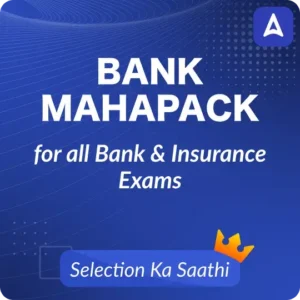Syllogism questions are a common part of the reasoning section in the BOB Office Assistant Exam 2025. These questions test your ability to understand and analyze logical statements and draw correct conclusions from them. In this topic, you are given a few statements followed by some conclusions, and you have to decide which conclusions logically follow. With regular practice and a clear understanding of basic rules, you can solve syllogism questions quickly and accurately in the exam.
Syllogism Questions for BOB Office Assistant Exam 2025
To solve syllogism questions easily, it is important to understand keywords like all, some, and no. Learning how to draw Venn diagrams can also help you check which conclusions are correct. These questions may seem tricky at first, but with simple techniques and daily practice, you can improve your accuracy and speed. Below are some syllogism questions to help you prepare for the BOB Office Assistant 2025 Exam. Try solving them carefully and check which conclusions follow the given statements.
Each question below consists of a few statements followed by two conclusions. You have to decide whether the conclusions logically follow from the given statements, assuming all the statements are true. Choose the correct option from the choices given below:
Options:
A. Only conclusion I follows
B. Only conclusion II follows
C. Both conclusions I and II follow
D. Neither conclusion I nor II follows
E. Either conclusion I or II follows
Question 1
Statements:
All books are papers.
Some papers are pens.
No pen is a pencil.
Conclusions:
I. Some books are pens.
II. No pencil is a book.
Question 2
Statements:
Some dogs are cats.
All cats are rats.
No rat is a cow.
Conclusions:
I. Some dogs are rats.
II. No cow is a cat.
Question 3
Statements:
All fruits are sweet.
Some sweets are sticky.
No sticky thing is healthy.
Conclusions:
I. Some fruits are sticky.
II. All sweets being healthy is a possibility.
Question 4
Statements:
All engineers are smart.
Some smart people are teachers.
No teacher is lazy.
Conclusions:
I. Some engineers are teachers.
II. No lazy person is smart.
Question 5
Statements:
All bottles are containers.
Some containers are boxes.
No box is plastic.
Conclusions:
I. Some bottles are boxes.
II. No container is plastic.
Question 6
Statements:
Some cups are plates.
All plates are spoons.
No spoon is a fork.
Conclusions:
I. Some cups are spoons.
II. All plates are forks.
Question 7
Statements:
All roses are flowers.
Some flowers are yellow.
No yellow thing is a leaf.
Conclusions:
I. Some roses are yellow.
II. No rose is a leaf.
Question 8
Statements:
All mobiles are gadgets.
Some gadgets are laptops.
All laptops are devices.
Conclusions:
I. All mobiles are devices.
II. Some gadgets are devices.
Question 9
Statements:
Some pens are pencils.
All pencils are colors.
No color is white.
Conclusions:
I. No white is a pen.
II. Some colors are pens.
Question 10
Statements:
All fish are animals.
Some animals are birds.
No bird is a reptile.
Conclusions:
I. Some birds are fish.
II. All reptiles are animals.
Question 11
Statements:
All boys are students.
Some students are players.
No player is a singer.
Conclusions:
I. Some boys are players.
II. No singer is a student.
Question 12
Statements:
Some chairs are tables.
All tables are wooden.
Some wooden things are heavy.
Conclusions:
I. Some chairs are heavy.
II. All tables being heavy is a possibility.
Question 13
Statements:
All poets are writers.
Some writers are dancers.
No dancer is a singer.
Conclusions:
I. Some poets are dancers.
II. Some dancers are not singers.
Question 14
Statements:
Some houses are buildings.
All buildings are tall.
No tall thing is short.
Conclusions:
I. Some houses are tall.
II. No short thing is a building.
Question 15
Statements:
All cups are mugs.
Some mugs are glasses.
No glass is empty.
Conclusions:
I. Some cups are glasses.
II. All mugs being empty is a possibility.
Question 16
Statements:
Some apples are red.
All red things are tasty.
No tasty thing is bitter.
Conclusions:
I. Some apples are tasty.
II. All red things are bitter.
Question 17
Statements:
All banks are companies.
Some companies are private.
No private thing is trusted.
Conclusions:
I. Some banks are private.
II. No company is trusted.
Question 18
Statements:
All pencils are sharp.
No sharp thing is blunt.
Some blunt things are thick.
Conclusions:
I. No pencil is blunt.
II. All thick things are pencils.
Question 19
Statements:
All children are innocent.
Some innocent beings are kind.
All kind people are strong.
Conclusions:
I. Some children are kind.
II. Some innocent beings are strong.
Question 20
Statements:
Some lamps are bright.
All bright things are costly.
No costly thing is cheap.
Conclusions:
I. Some lamps are costly.
II. No lamp is cheap.

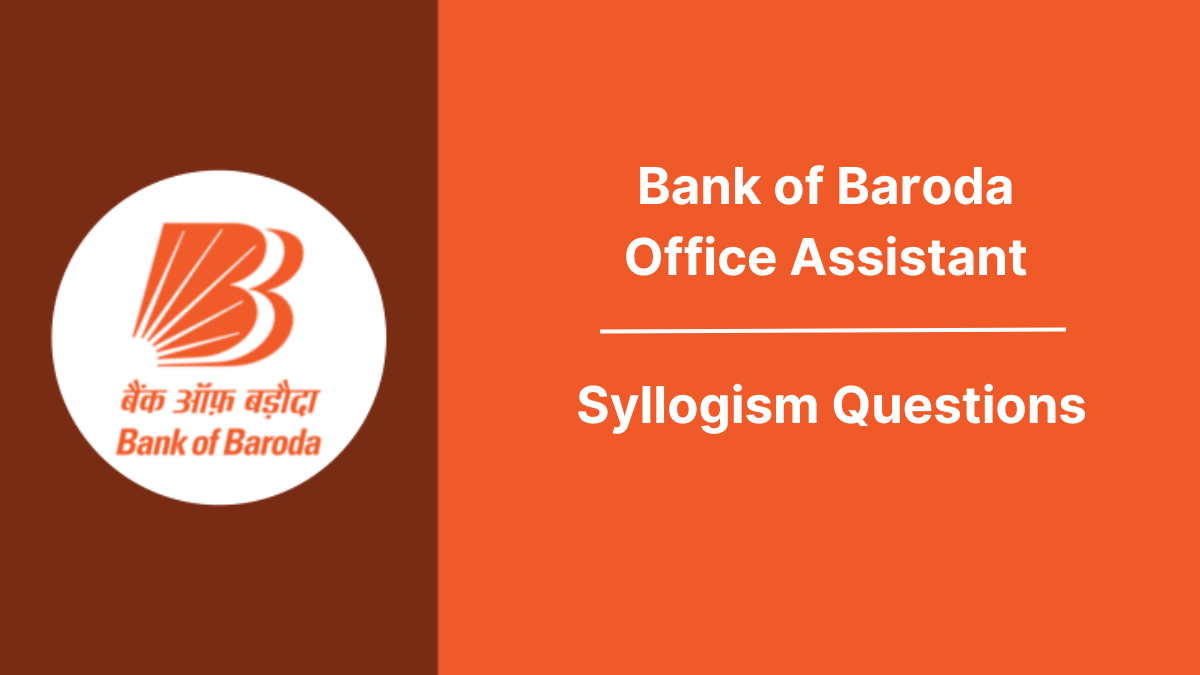
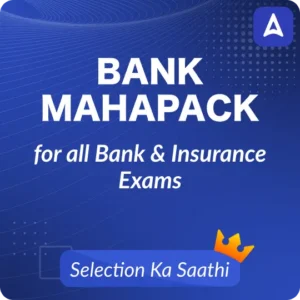
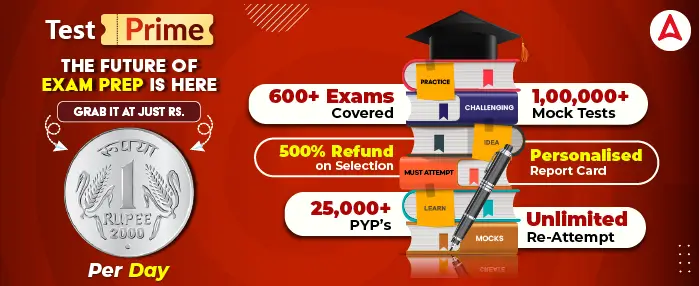
 Bank of India Credit Officer Syllabus 20...
Bank of India Credit Officer Syllabus 20...
 Bank Exams 2026, Check Full List of Upco...
Bank Exams 2026, Check Full List of Upco...
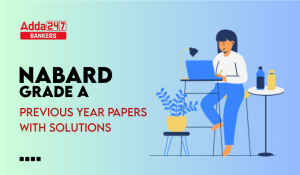 NABARD Grade A Previous Year Question Pa...
NABARD Grade A Previous Year Question Pa...
